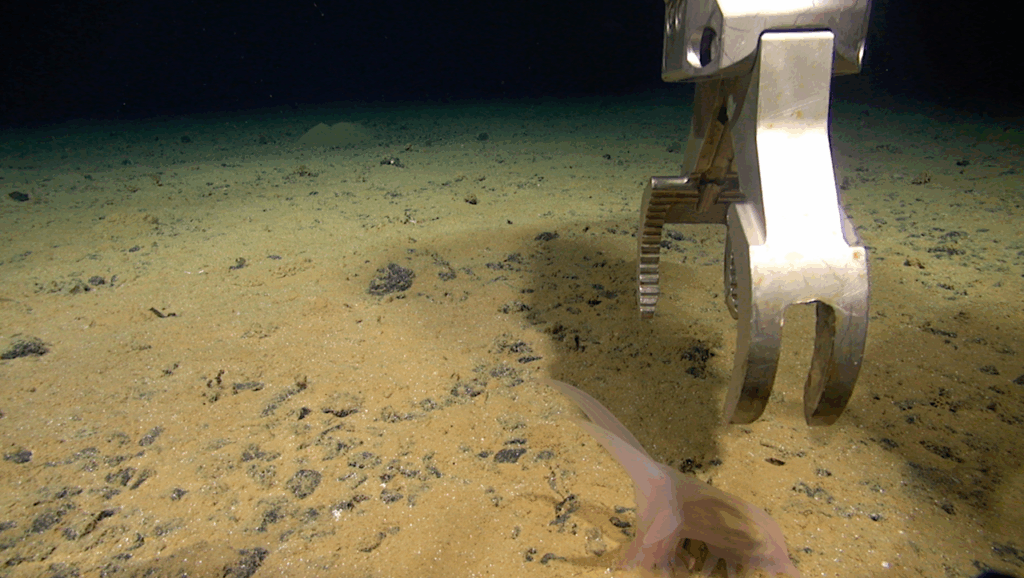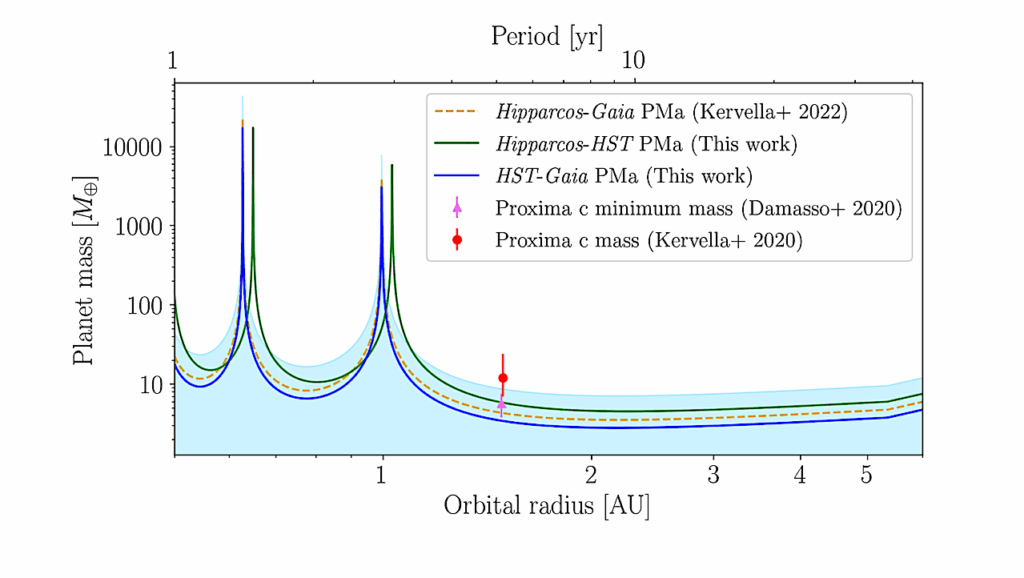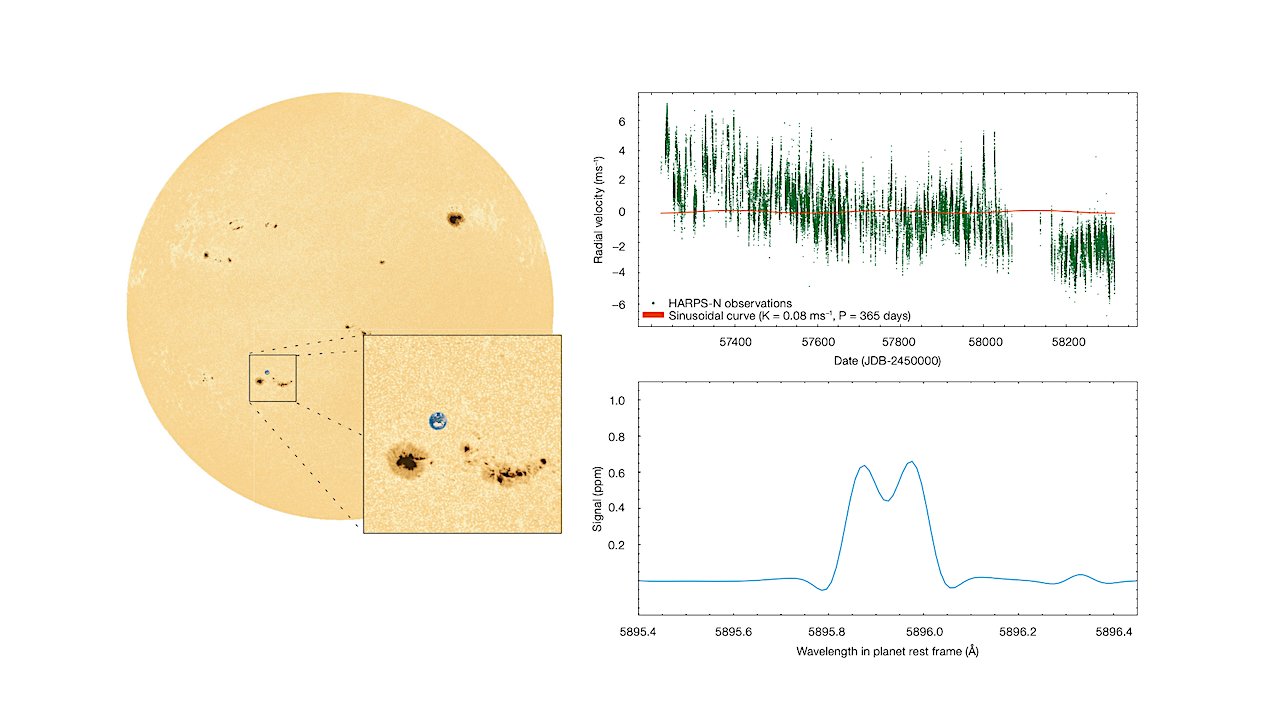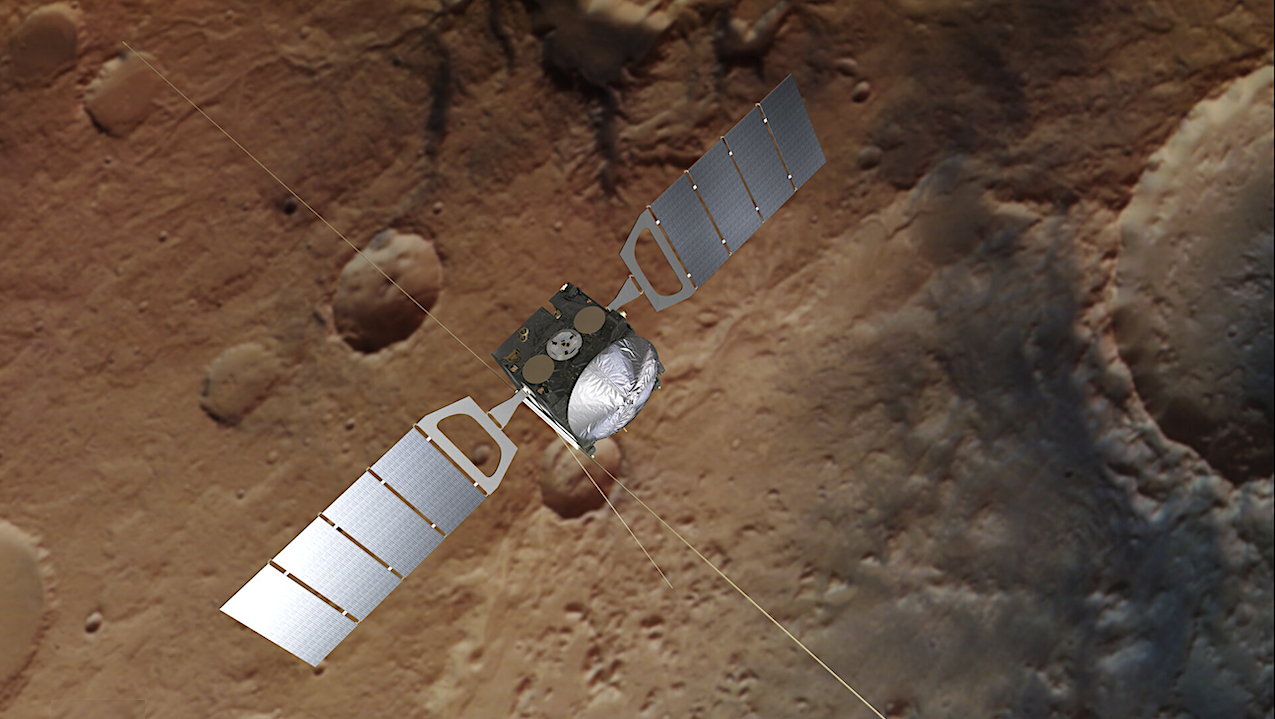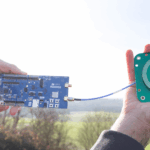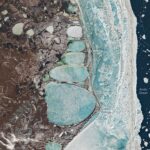Now Reading: Non-transiting Exoplanets As A Means To Understand Star-planet Interactions In Close-in Systems
-
01
Non-transiting Exoplanets As A Means To Understand Star-planet Interactions In Close-in Systems
Non-transiting Exoplanets As A Means To Understand Star-planet Interactions In Close-in Systems
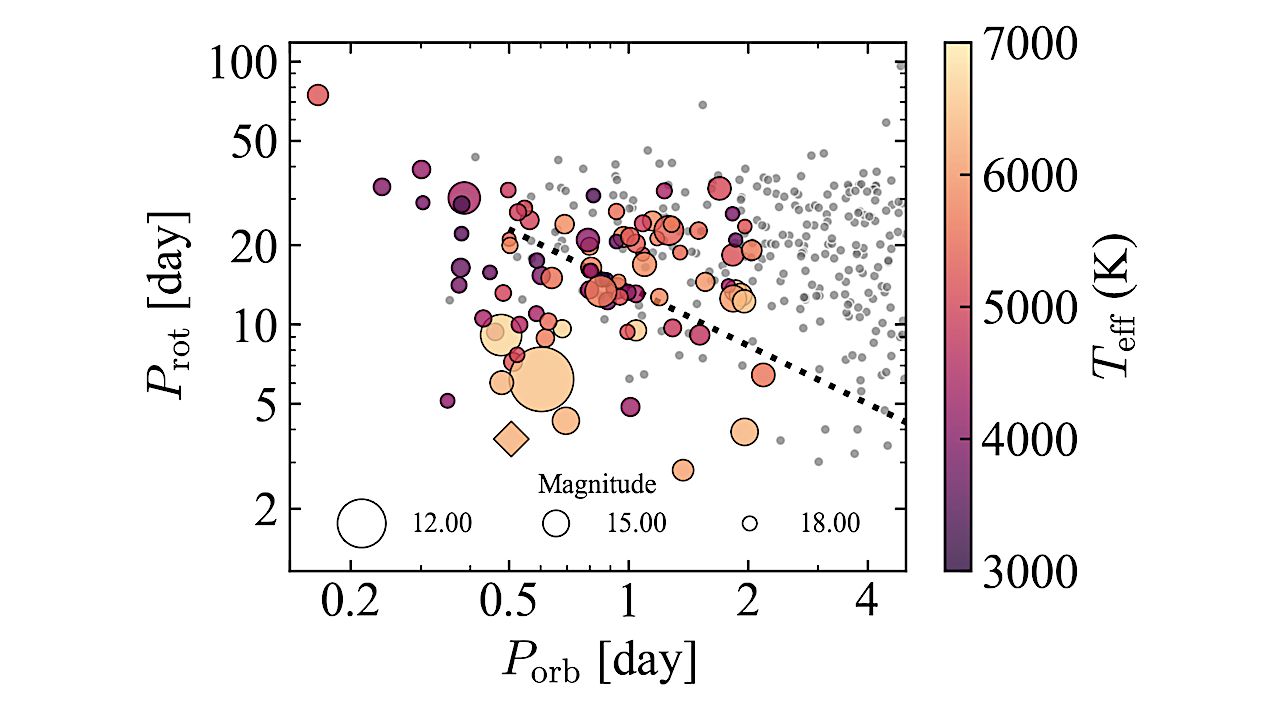

Prot as a function of Porb for the 88 non-transiting-exoplanet candidate systems. The size of the dots is a function of the Kepler apparent magnitude of the host star, sourced from Brown et al. (2011), whereas the temperature Teff, sourced from Berger et al. (2020), is colour-coded. The grey sample consists of 576 confirmed single-planet-host mainsequence solar-like stars with a rotation period obtained by García et al. (2023). KIC 5697777 is represented by a diamond. The black dashed line corresponds to the fit of the lower envelope of points obtained by McQuillan et al. (2013). –astro-ph.EP
Previous studies showed evidence of a dearth of close-in exoplanets around fast rotators, which can be explained by the combined action of intense tidal and magnetic interactions between planet and their host star.
Detecting more exoplanets experiencing such interactions, with orbits evolving on short timescales, is therefore crucial to improve our understanding of the underlying physical mechanisms. For this purpose, we perform a new search for close-in non-transiting substellar companions in the Kepler data, focusing on orbital periods below 2.3 days.
We focus on main-sequence solar-type stars and subgiant stars for which a surface rotation period was measured. For each star, we look for an excess in the power spectral density of the light curve, that could correspond to the signature of a close-in non-transiting companion. We compare our candidates with existing catalogues to eliminate potential contaminants in our sample, and we visually inspect the phase-folded light curve and its wavelet decomposition.
We identify 88 stars, exhibiting a signature consistent with the presence of a close non-transiting substellar companion. We show that the objects in our sample are located mostly within the dearth zone, emphasising the importance of performing follow-up of such systems in order to gather observational evidence of star-planet interactions.
C. Gourvès, S.N. Breton, A. Dyrek, A.F. Lanza, R.A. García, S. Mathur, Â.R.G. Santos, A. Strugarek
Comments: 21 pages, 12 figures. Accepted in A&A
Subjects: Earth and Planetary Astrophysics (astro-ph.EP); Solar and Stellar Astrophysics (astro-ph.SR)
Cite as: arXiv:2505.10135 [astro-ph.EP] (or arXiv:2505.10135v1 [astro-ph.EP] for this version)
https://doi.org/10.48550/arXiv.2505.10135
Focus to learn more
Submission history
From: Clémence Gourvès
[v1] Thu, 15 May 2025 10:05:05 UTC (6,078 KB)
https://arxiv.org/abs/2505.10135
Astrobiology
Stay Informed With the Latest & Most Important News
Previous Post
Next Post
-
 012024 in Review: Highlights from NASA in Silicon Valley
012024 in Review: Highlights from NASA in Silicon Valley -
 02Panasonic Leica Summilux DG 15mm f/1.7 ASPH review
02Panasonic Leica Summilux DG 15mm f/1.7 ASPH review -
 03From Polymerization-Enabled Folding and Assembly to Chemical Evolution: Key Processes for Emergence of Functional Polymers in the Origin of Life
03From Polymerization-Enabled Folding and Assembly to Chemical Evolution: Key Processes for Emergence of Functional Polymers in the Origin of Life -
 04How New NASA, India Earth Satellite NISAR Will See Earth
04How New NASA, India Earth Satellite NISAR Will See Earth -
 05And Thus Begins A New Year For Life On Earth
05And Thus Begins A New Year For Life On Earth -
 06Astronomy Activation Ambassadors: A New Era
06Astronomy Activation Ambassadors: A New Era -
07SpaceX launch surge helps set new global launch record in 2024














